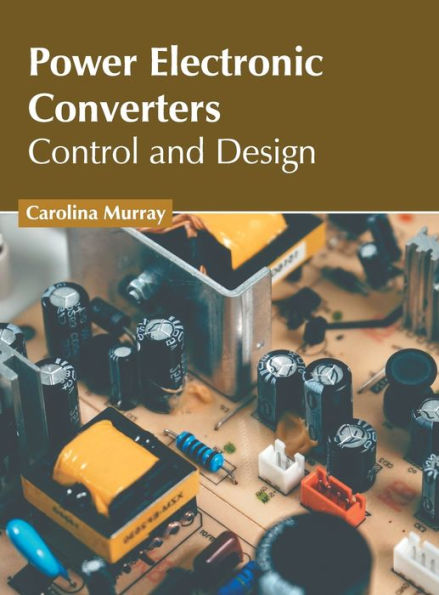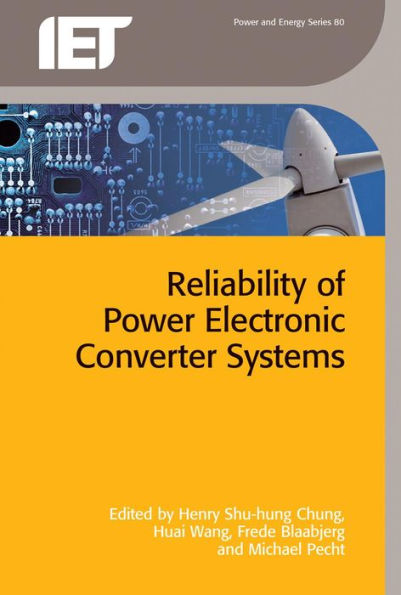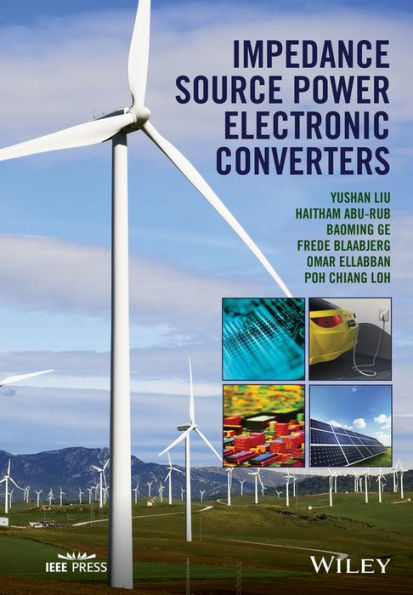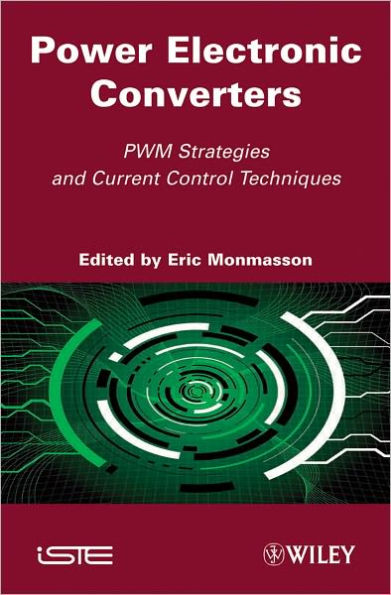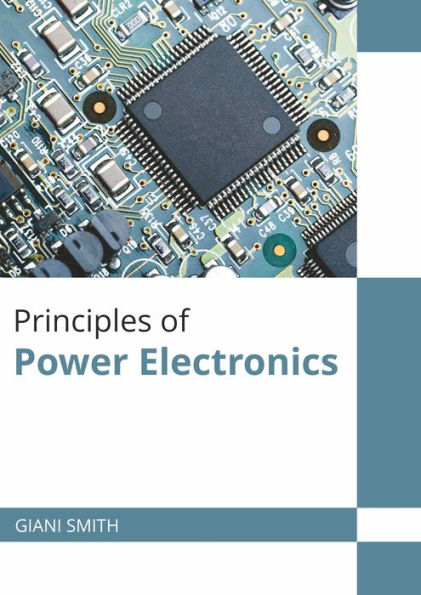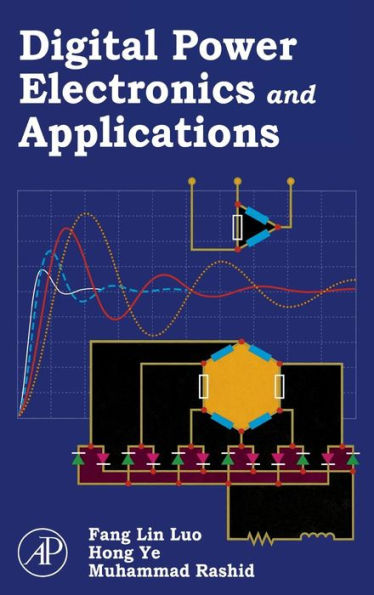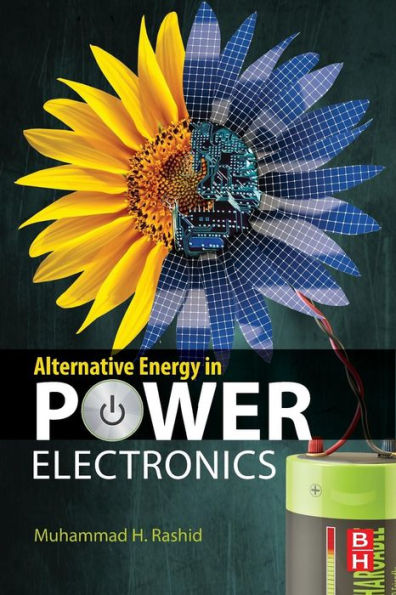Home
Power Electronic Converters Modeling and Control: with Case Studies
Barnes and Noble
Power Electronic Converters Modeling and Control: with Case Studies
Current price: $99.99


Barnes and Noble
Power Electronic Converters Modeling and Control: with Case Studies
Current price: $99.99
Size: Paperback
Loading Inventory...
*Product information may vary - to confirm product availability, pricing, shipping and return information please contact Barnes and Noble
Modern power electronic converters are involved in a very broad spectrum of applications: switched-mode power supplies, electrical-machine-motion-control, active power filters, distributed power generation, flexible AC transmission systems, renewable energy conversion systems and vehicular technology, among them.
Power Electronics Converters Modeling and Control
teaches the reader how to analyze and model the behavior of converters and so to improve their design and control. Dealing with a set of confirmed algorithms specifically developed for use with power converters, this text is in two parts: models and control methods. The first is a detailed exposition of the most usual power converter models:
· switched and averaged models;
· small/large-signal models; and
· time/frequency models.
The second focuses on three groups of control methods:
· linear control approaches normally associated with power converters;
· resonant controllers because of their significance in grid-connected applications; and
· nonlinear control methods including feedback linearization, stabilizing, passivity-based, and variable-structure control.
Extensive case-study illustration and end-of-chapter exercises reinforce the study material.
addresses the needs of graduate students interested in power electronics, providing a balanced understanding of theoretical ideas coupled with pragmatic tools based on control engineering practice in the field. Academics teaching power electronics will find this an attractive course text and the practical points make the book useful for self tuition by engineers and other practitioners wishing to bring their knowledge up to date.
Power Electronics Converters Modeling and Control
teaches the reader how to analyze and model the behavior of converters and so to improve their design and control. Dealing with a set of confirmed algorithms specifically developed for use with power converters, this text is in two parts: models and control methods. The first is a detailed exposition of the most usual power converter models:
· switched and averaged models;
· small/large-signal models; and
· time/frequency models.
The second focuses on three groups of control methods:
· linear control approaches normally associated with power converters;
· resonant controllers because of their significance in grid-connected applications; and
· nonlinear control methods including feedback linearization, stabilizing, passivity-based, and variable-structure control.
Extensive case-study illustration and end-of-chapter exercises reinforce the study material.
addresses the needs of graduate students interested in power electronics, providing a balanced understanding of theoretical ideas coupled with pragmatic tools based on control engineering practice in the field. Academics teaching power electronics will find this an attractive course text and the practical points make the book useful for self tuition by engineers and other practitioners wishing to bring their knowledge up to date.
